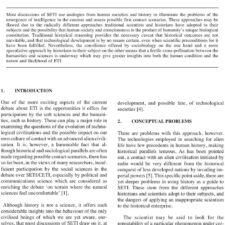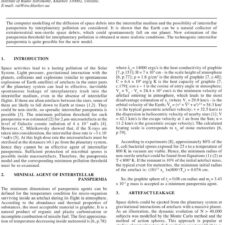Toward the Engineering Feasibility of the Centrifugal Nuclear Thermal Rocket
£5.00
Dale Thomas, Michael Houts, William Walters, Keith Hollingsworth, Robert Frederick & Jason Cassibry (2022), JBIS, 75, pp.181-188
Refcode: 2022.75.180
DOI: n/a
Abstract:
The Centrifugal Nuclear Thermal Rocket (CNTR) is a Nuclear Thermal Propulsion (NTP) concept designed to heat propellant directly by the reactor fuel. The primary difference between the CNTR concept and traditional NTP systems is that rather than using traditional solid fuel elements, the CNTR uses liquid fuel with the liquid contained in rotating cylinders by centrifugal force. If the concept can be successfully realized, the CNTR would have a high specific impulse (~1800 s) at high thrust, which may enable viable near-term human Mars exploration by reducing round-trip times to ~420 days. The CNTR could also use storable propellants such as ammonia, methane, or hydrazine at an Isp of ~900 s, enabling long-term in-space storage of a dormant system. Significant engineering challenges must be addressed to establish the technical viability of the CNTR. Research is presently underway to determine resolutions for these engineering challenges. In particular, research has begun on the analytical modelling and simulation of the two-phase heat transfer between the liquid metallic uranium fuel and the gaseous propellant. Subsequent research will progressively address the remaining CNTR engineering challenges.
Keywords: Centrifugal Nuclear Rockets





